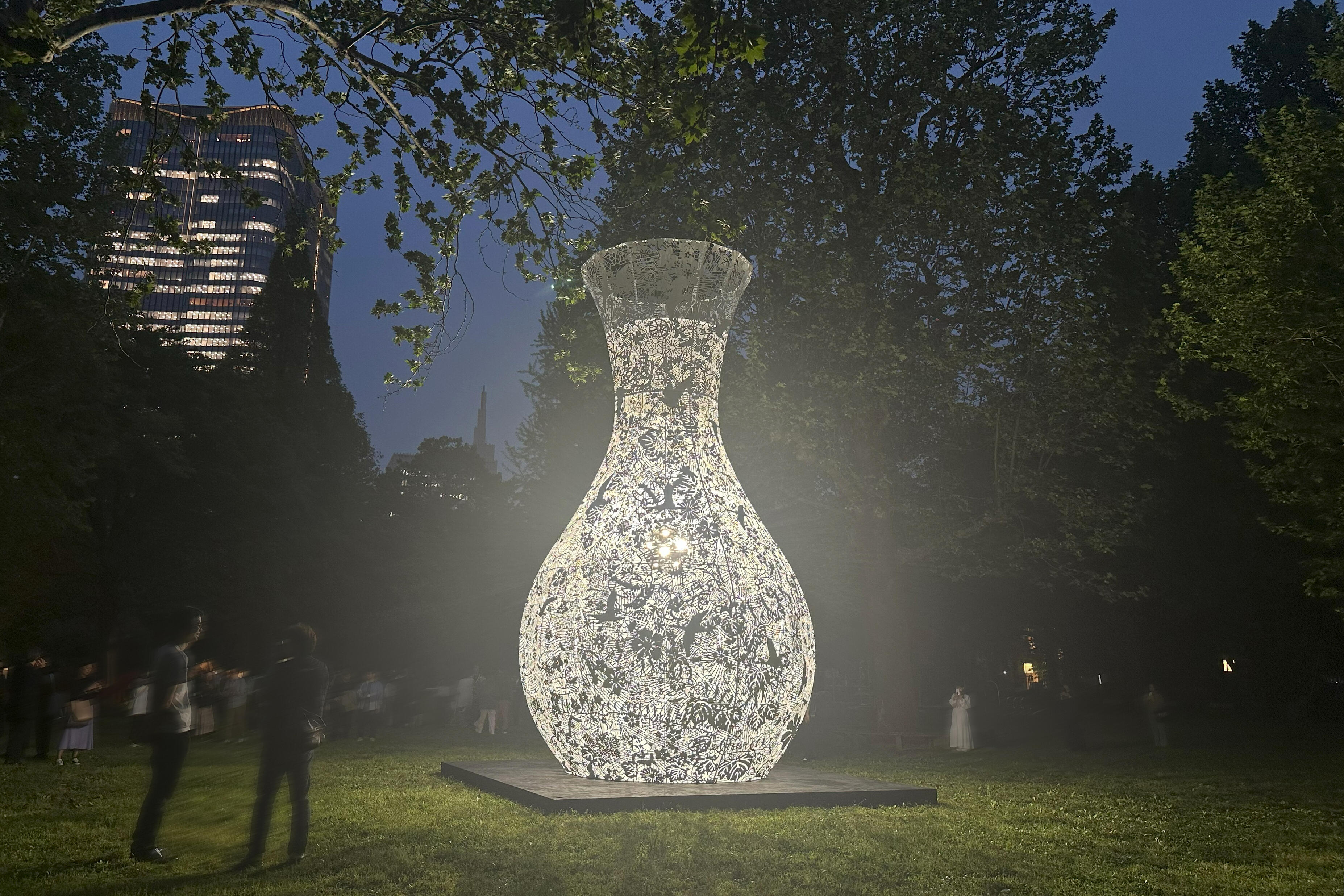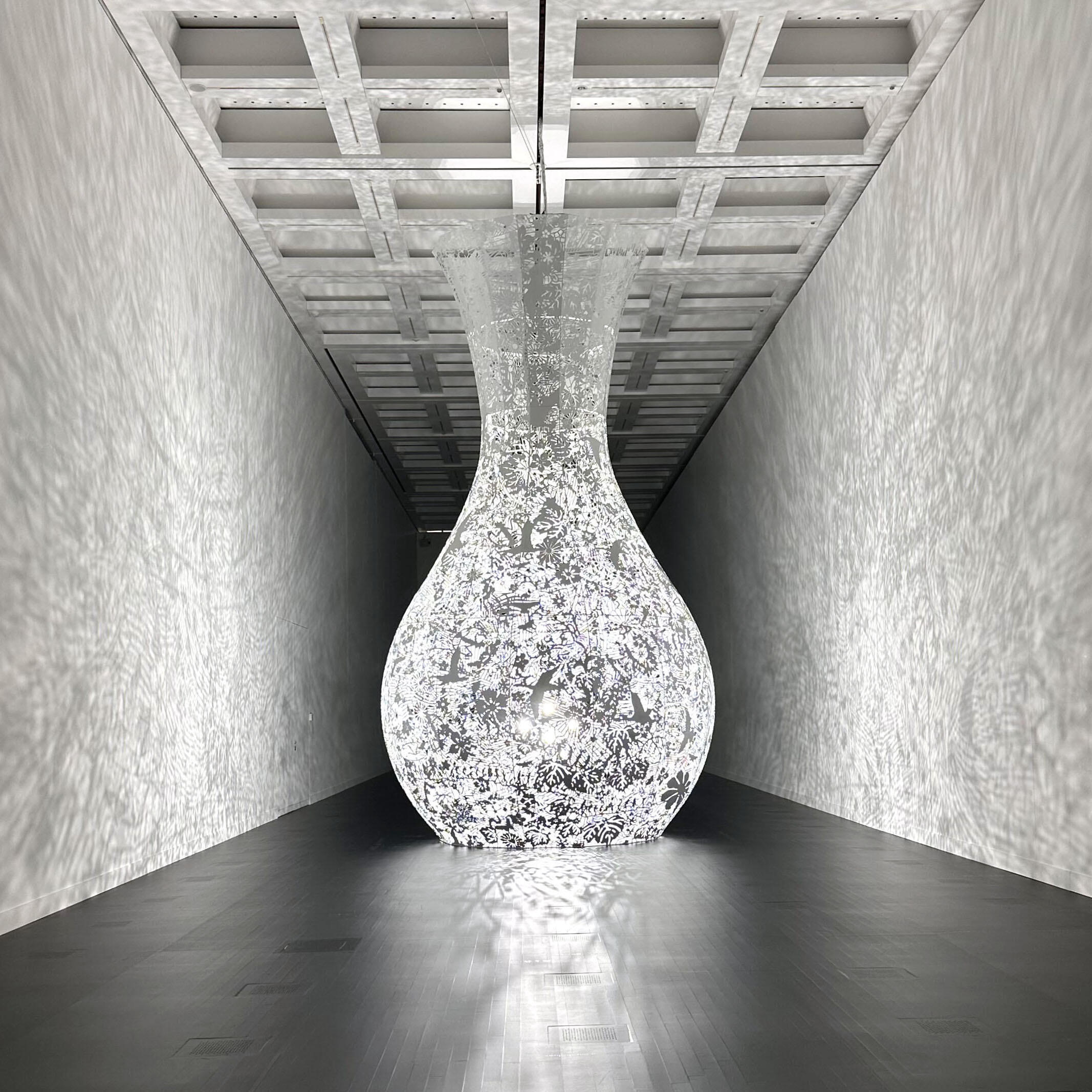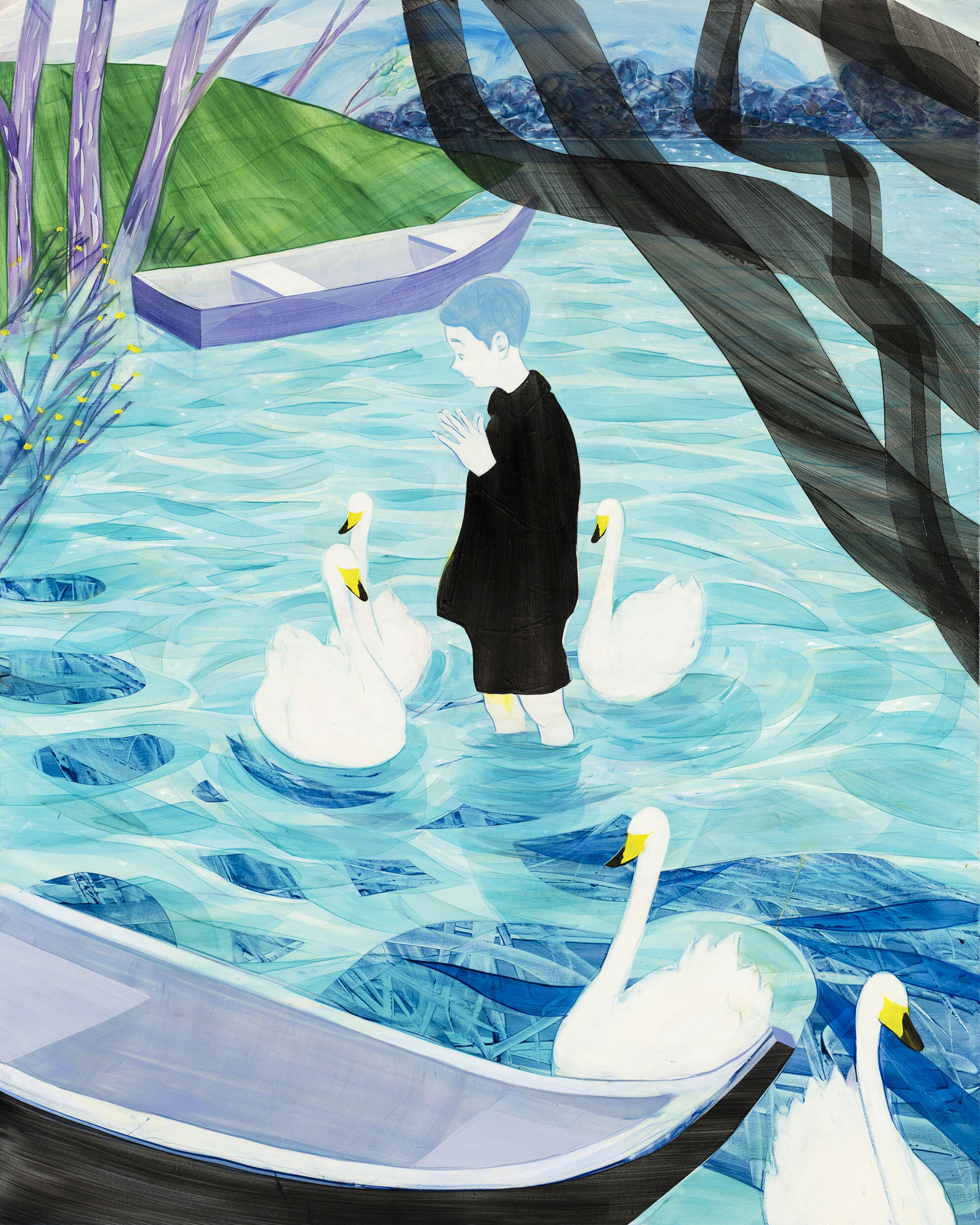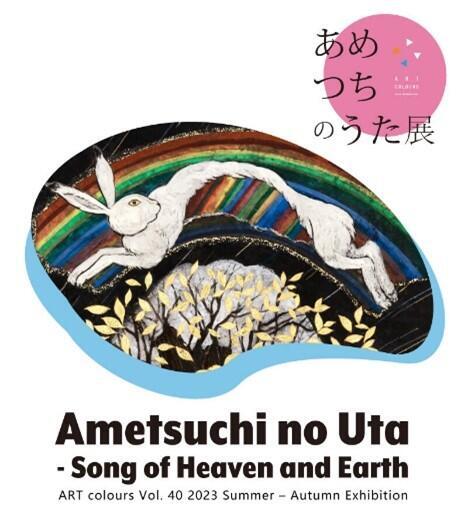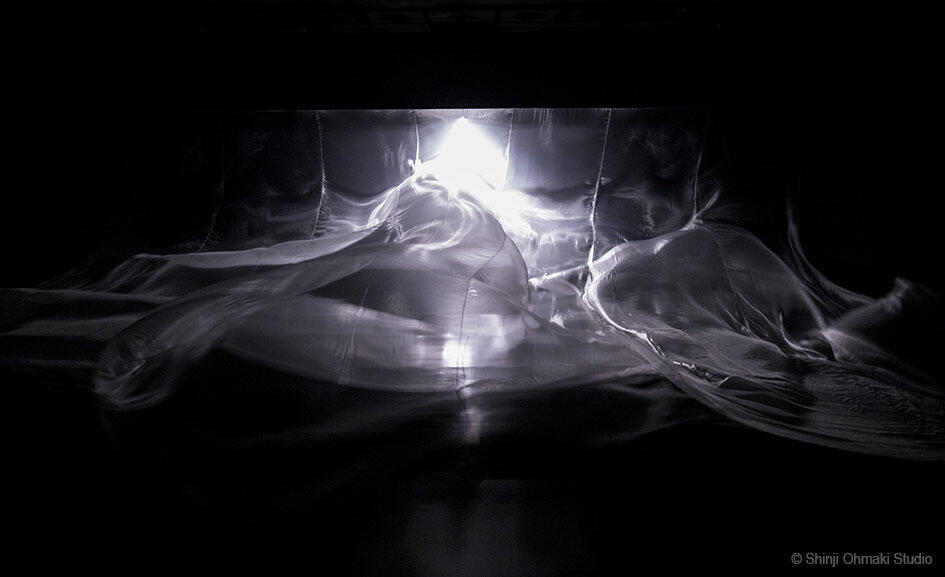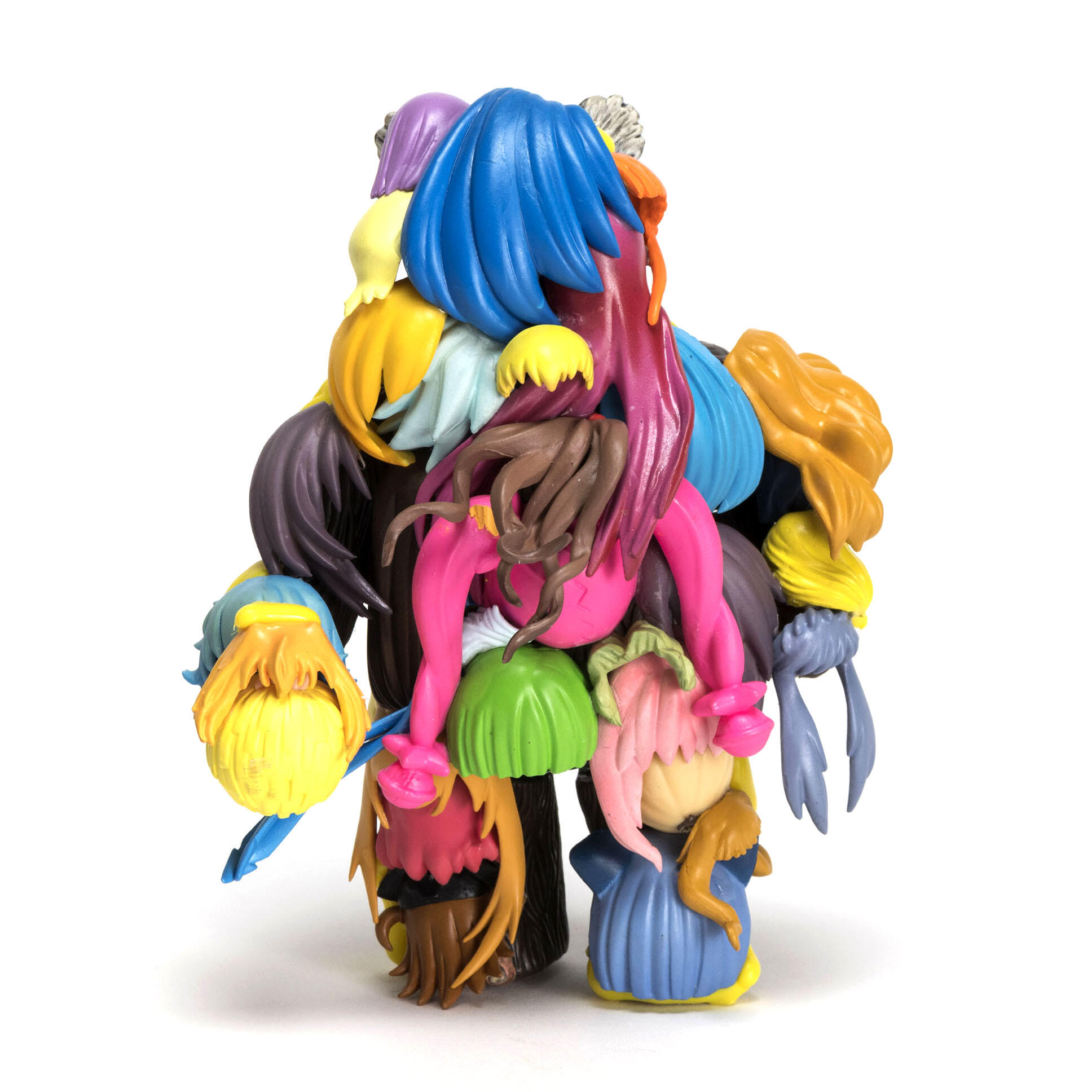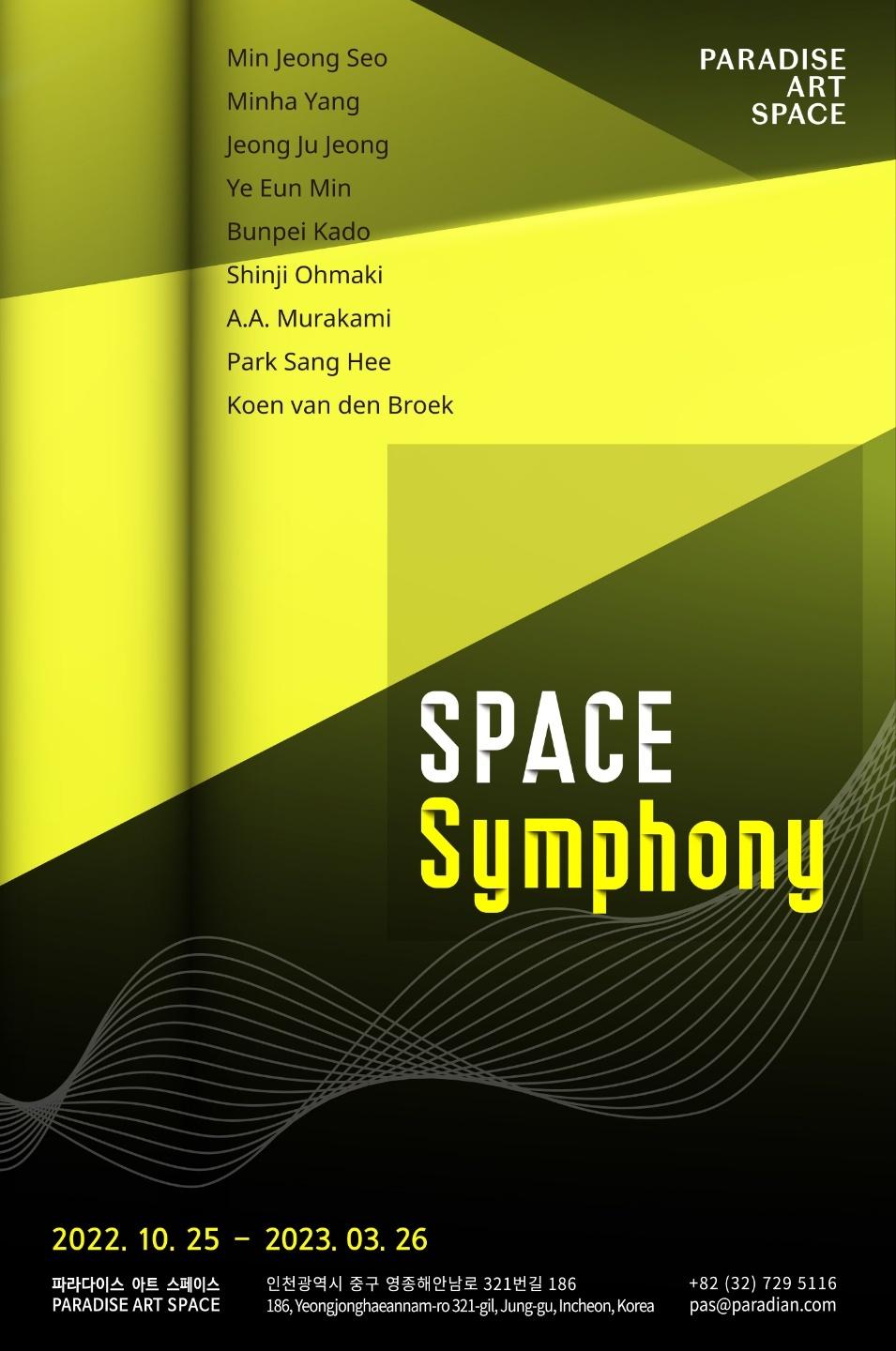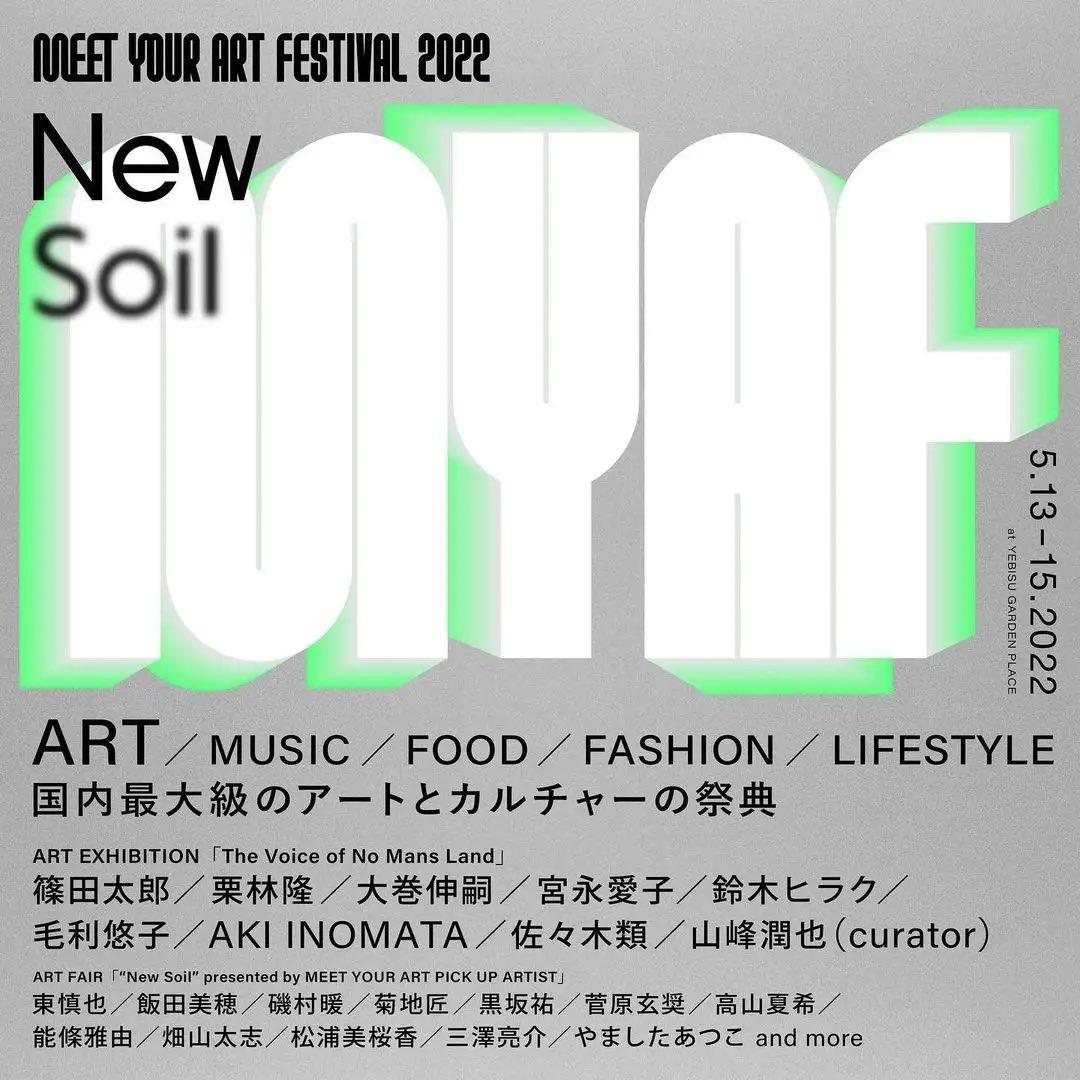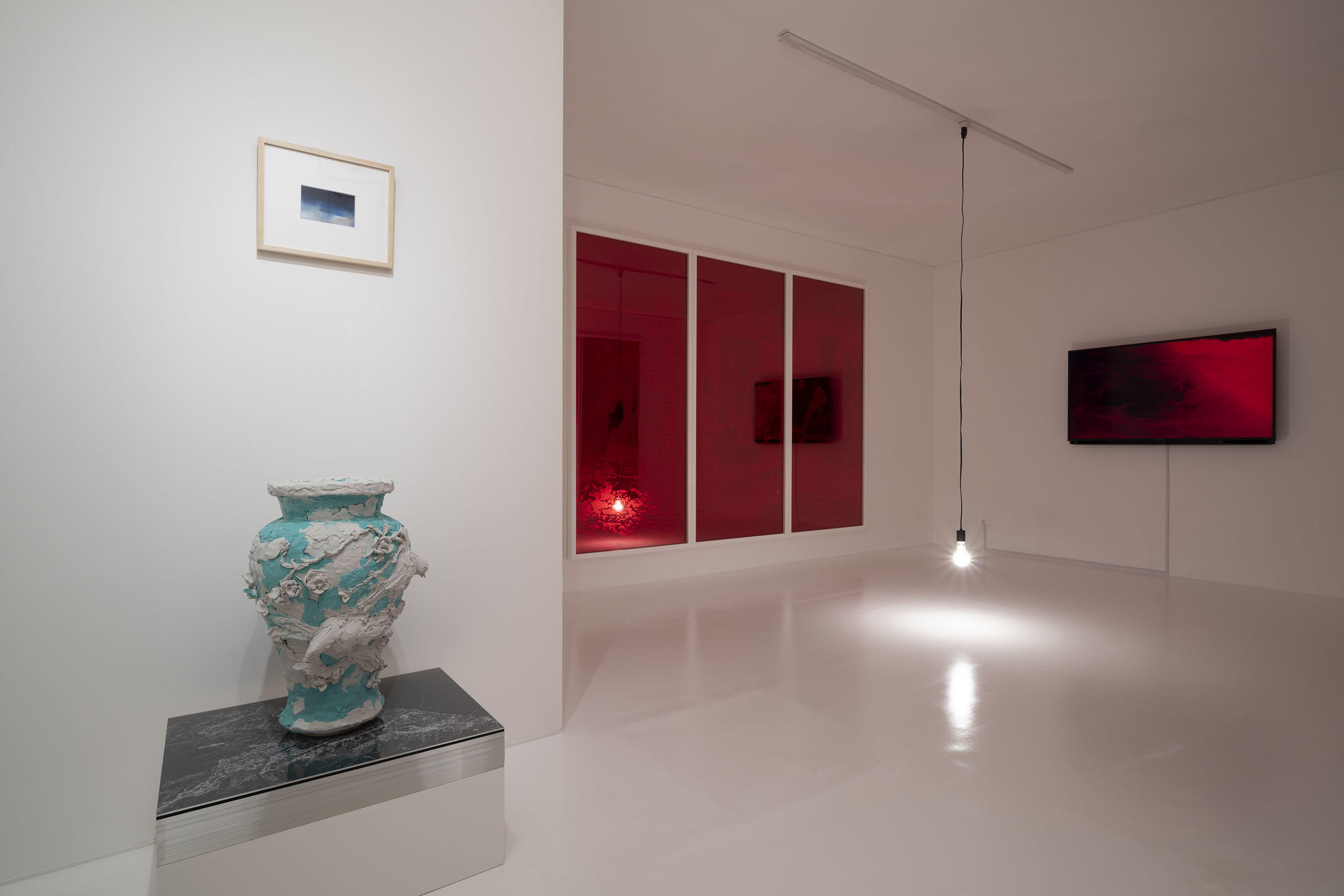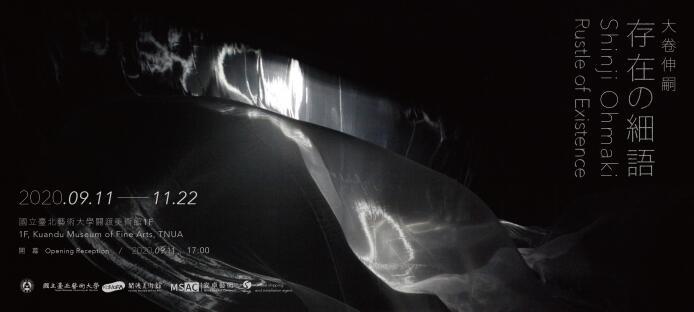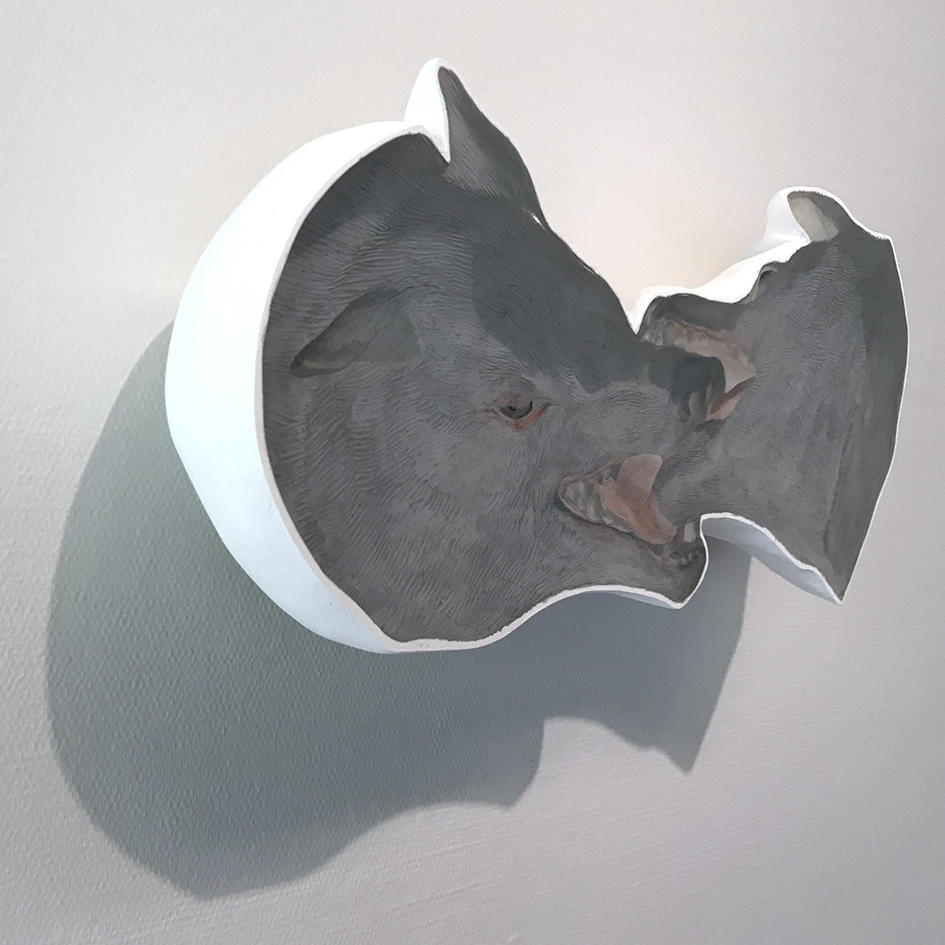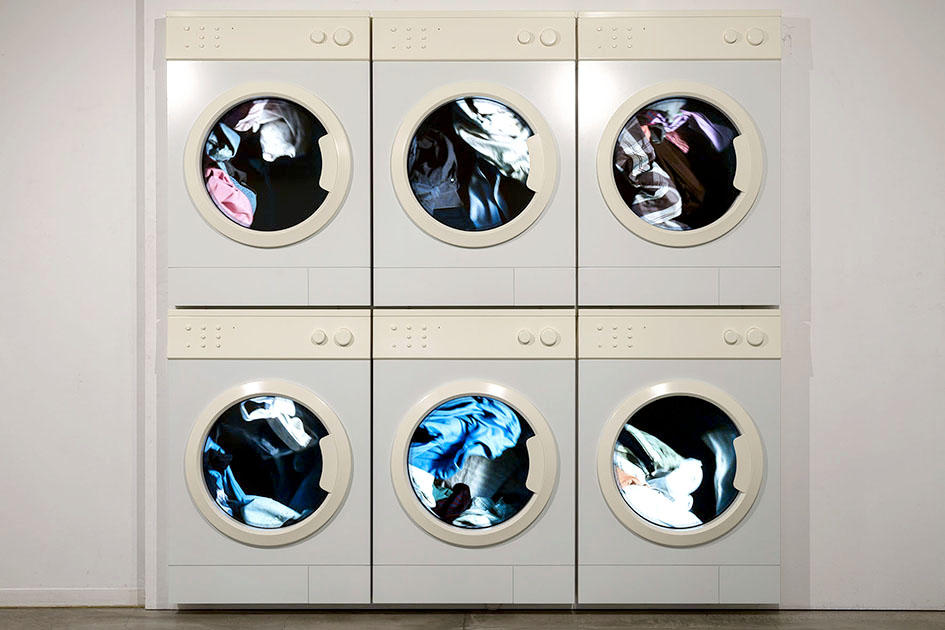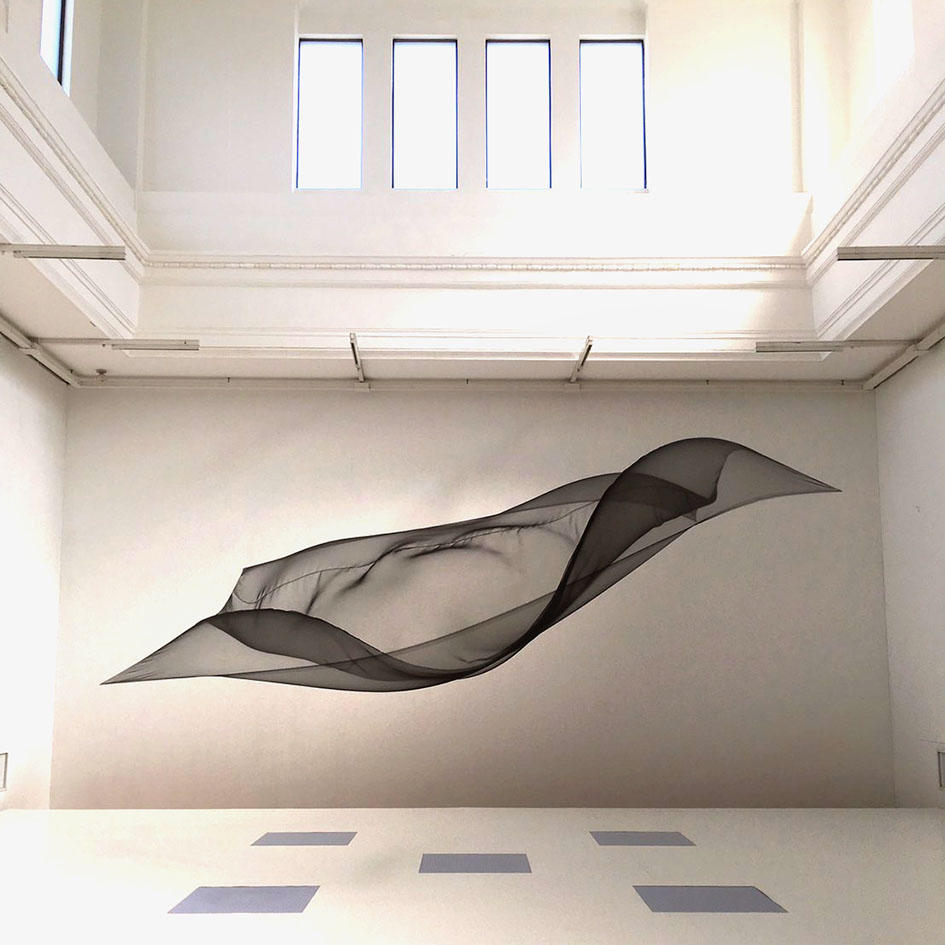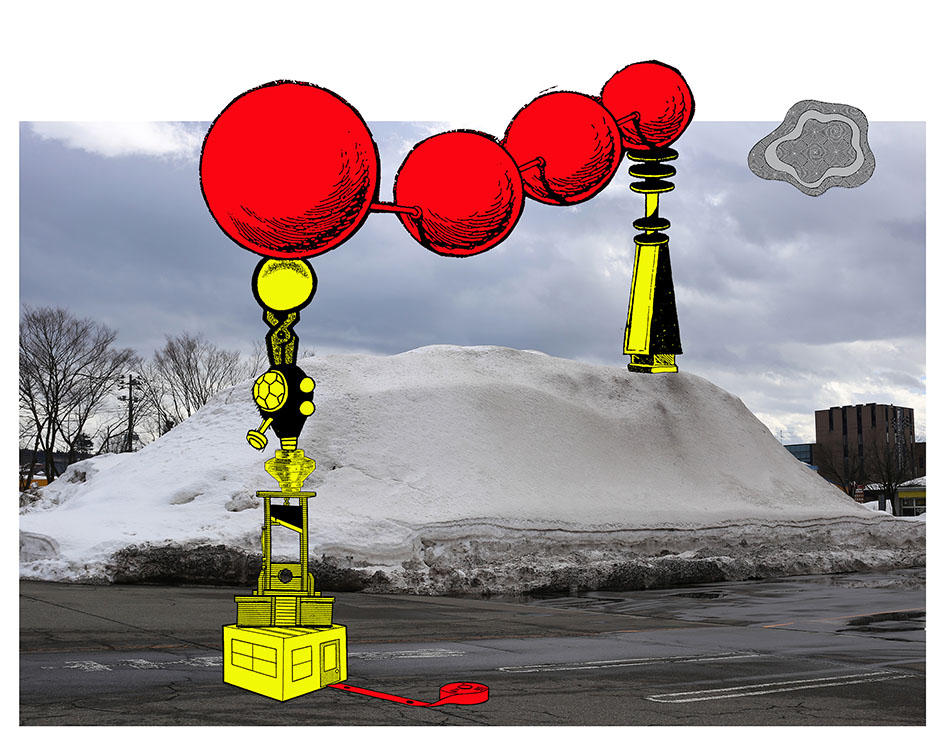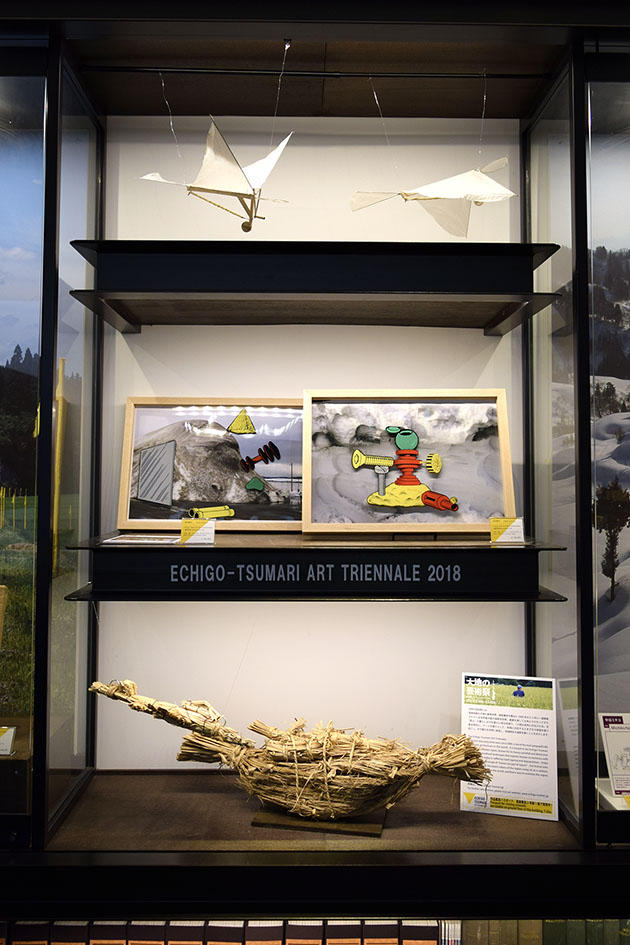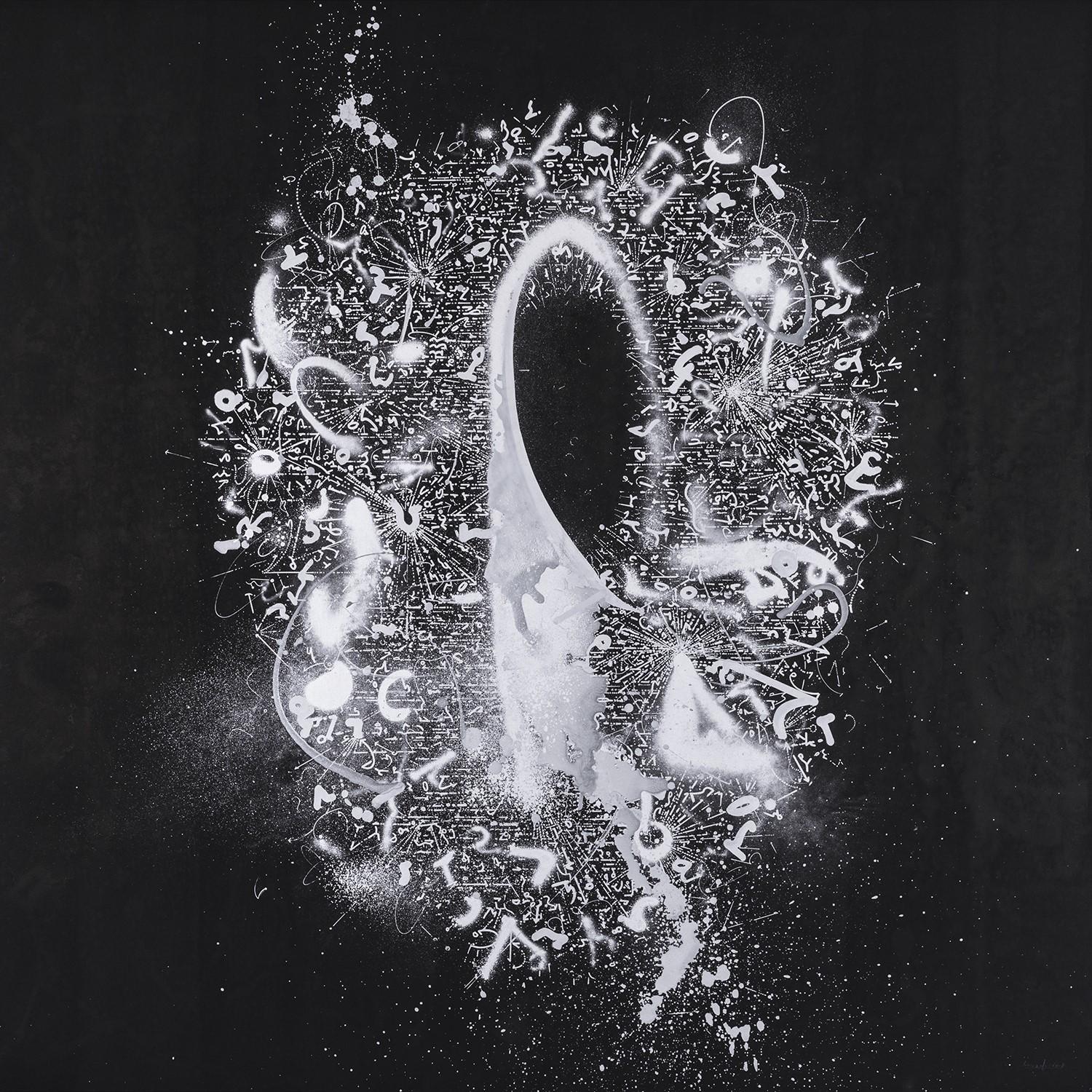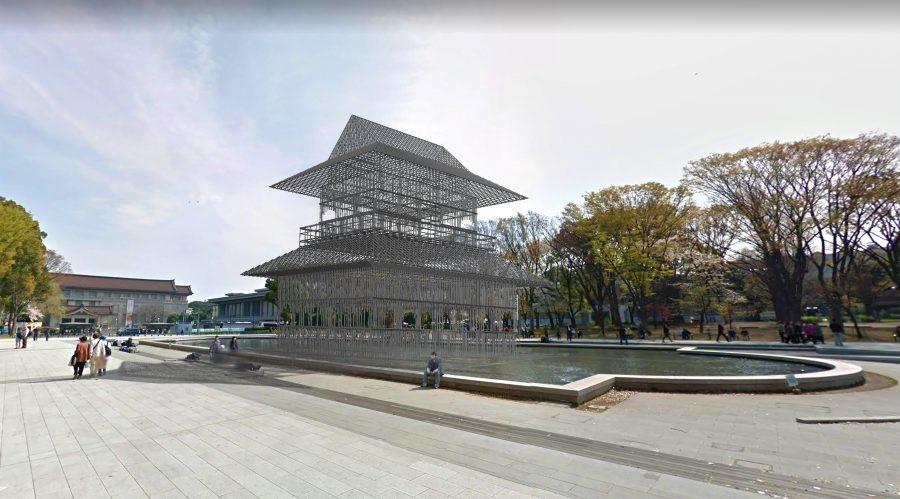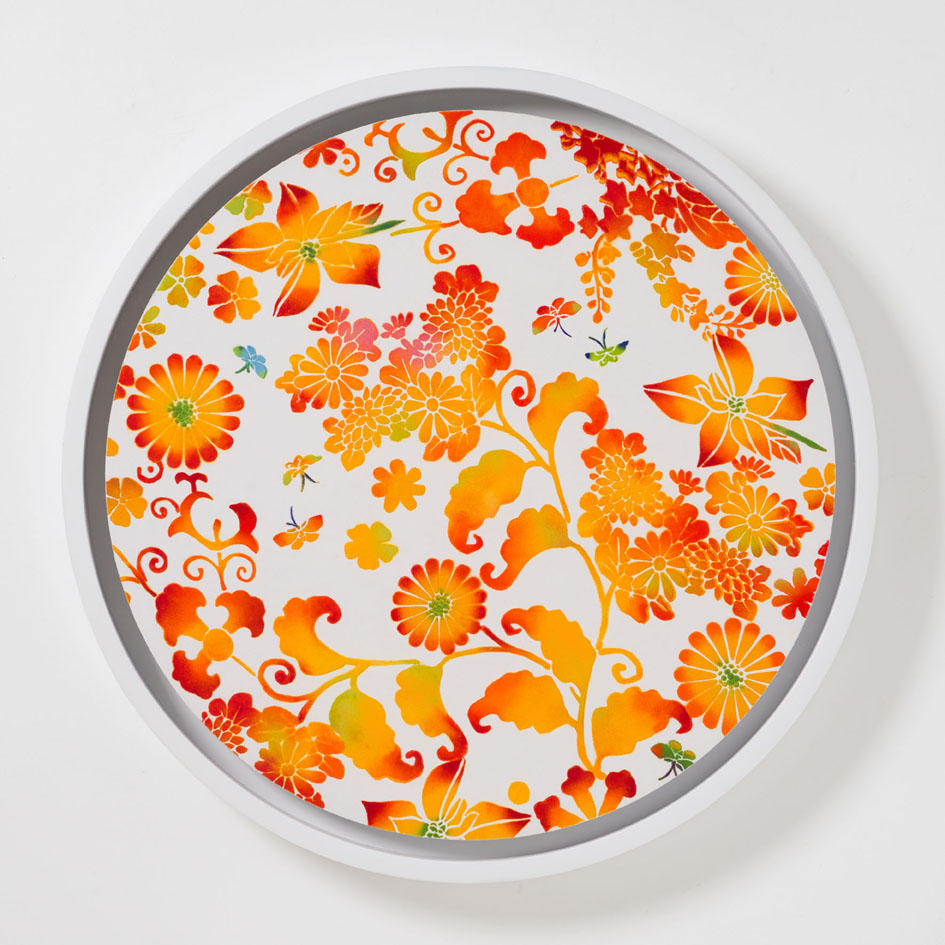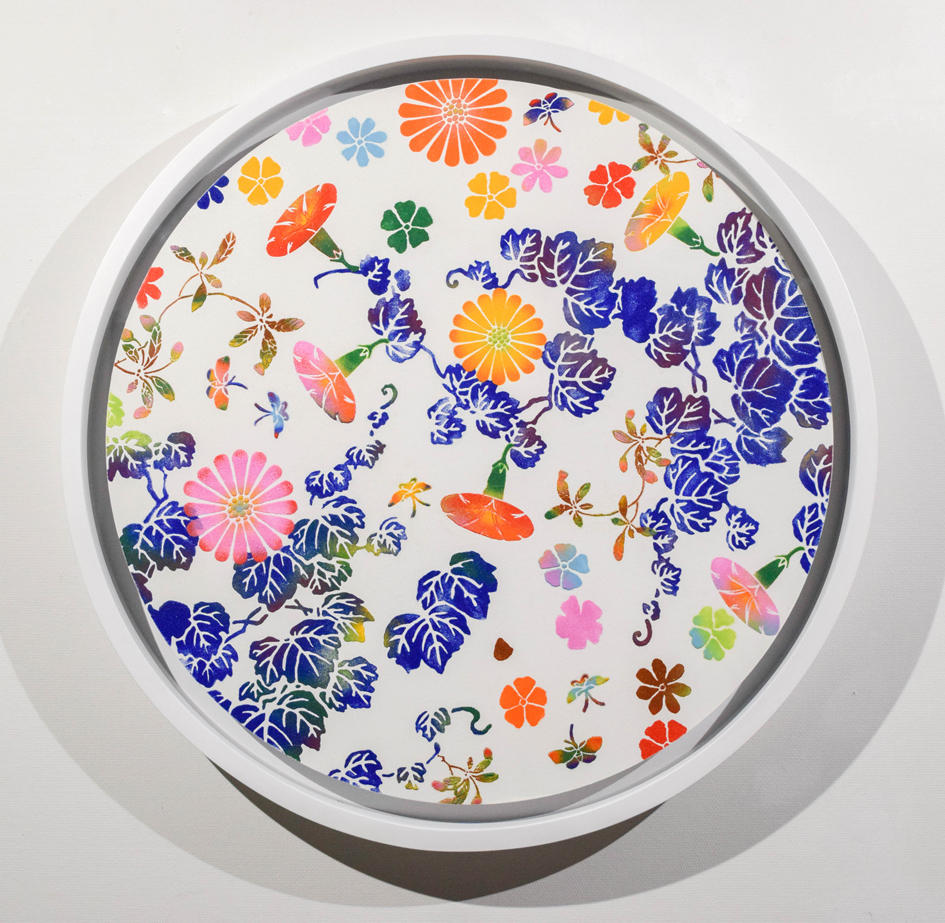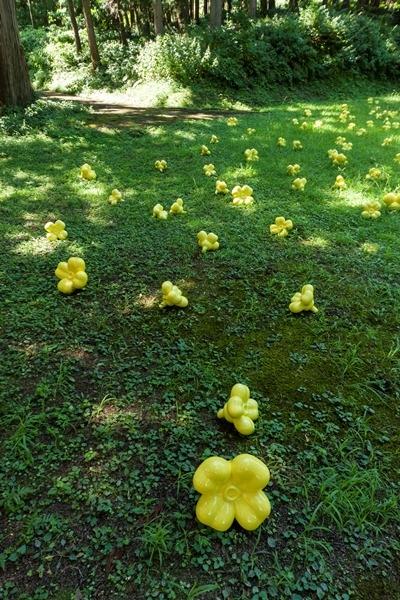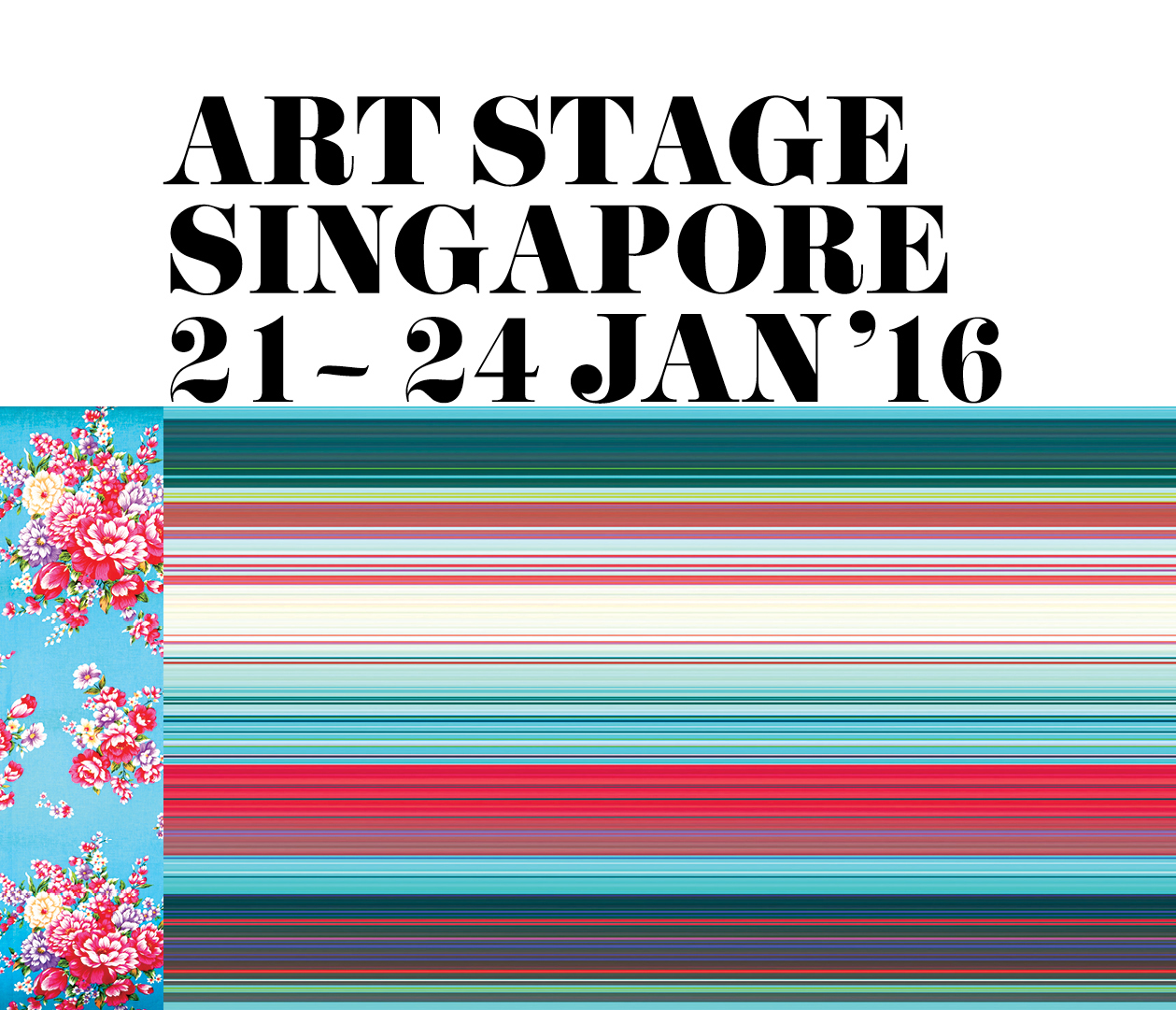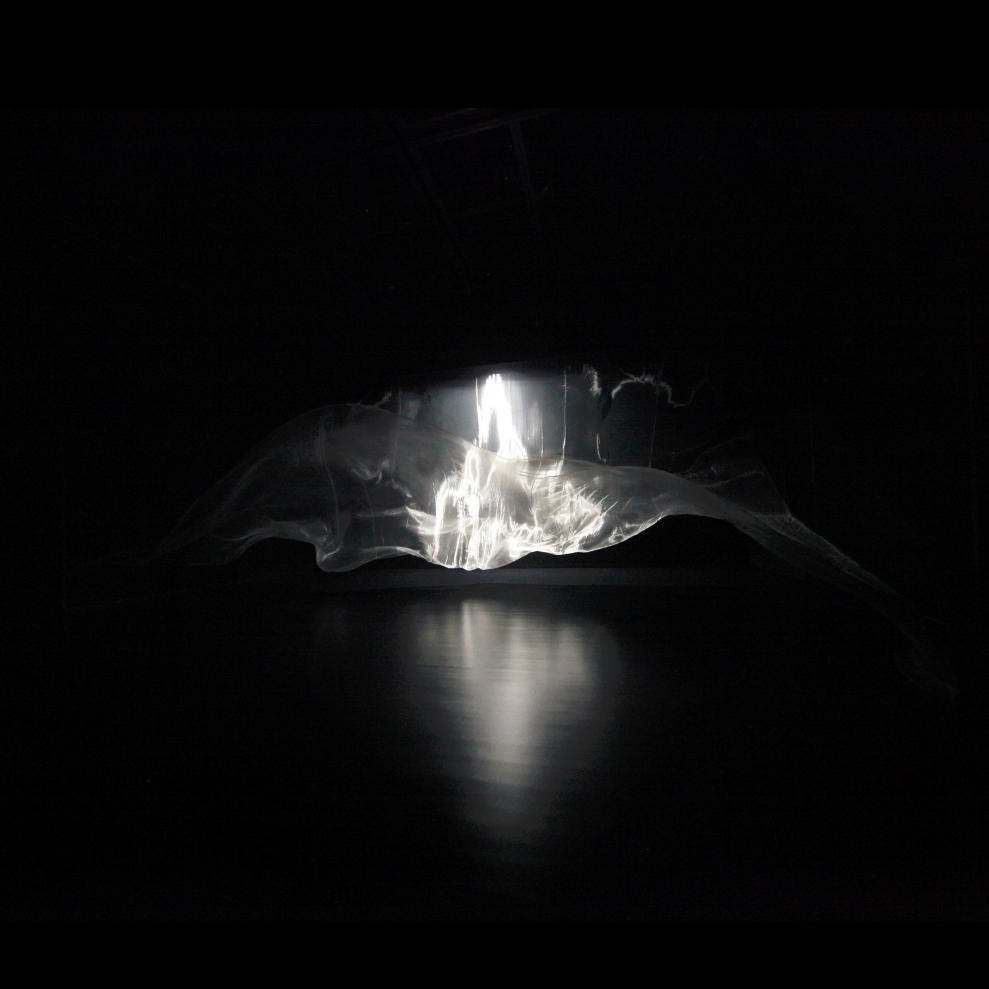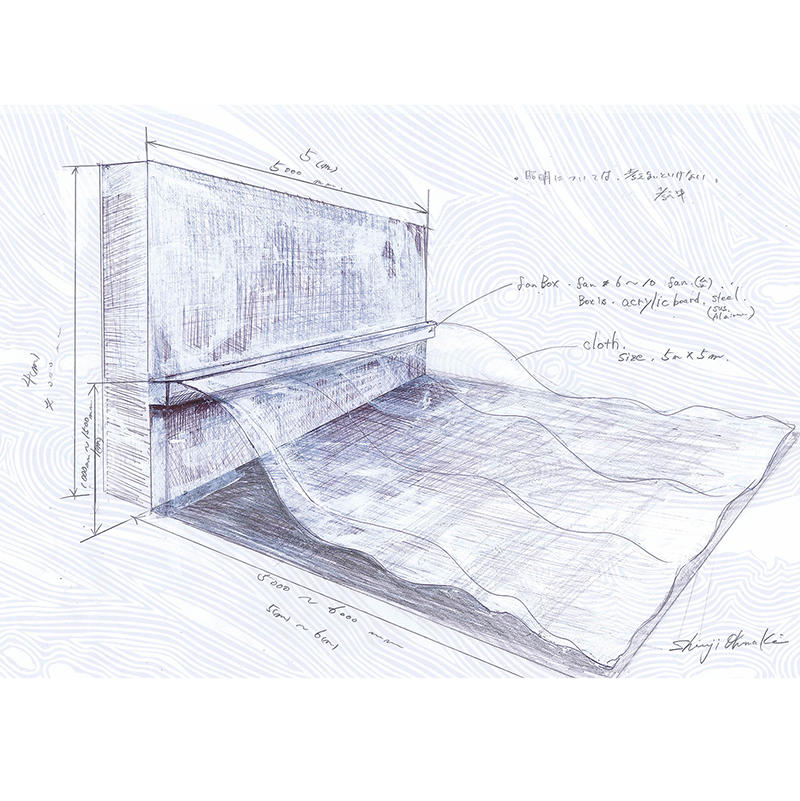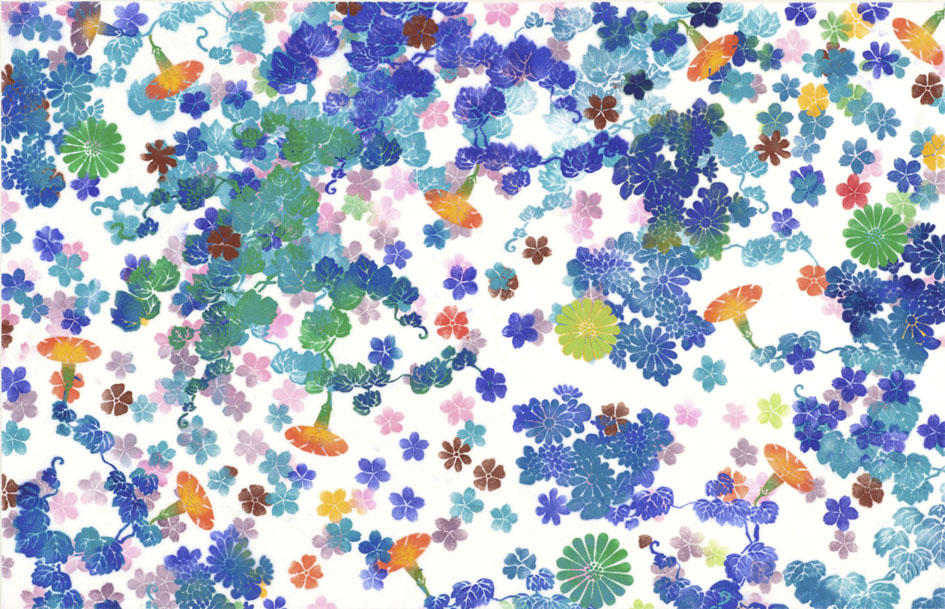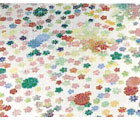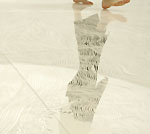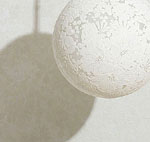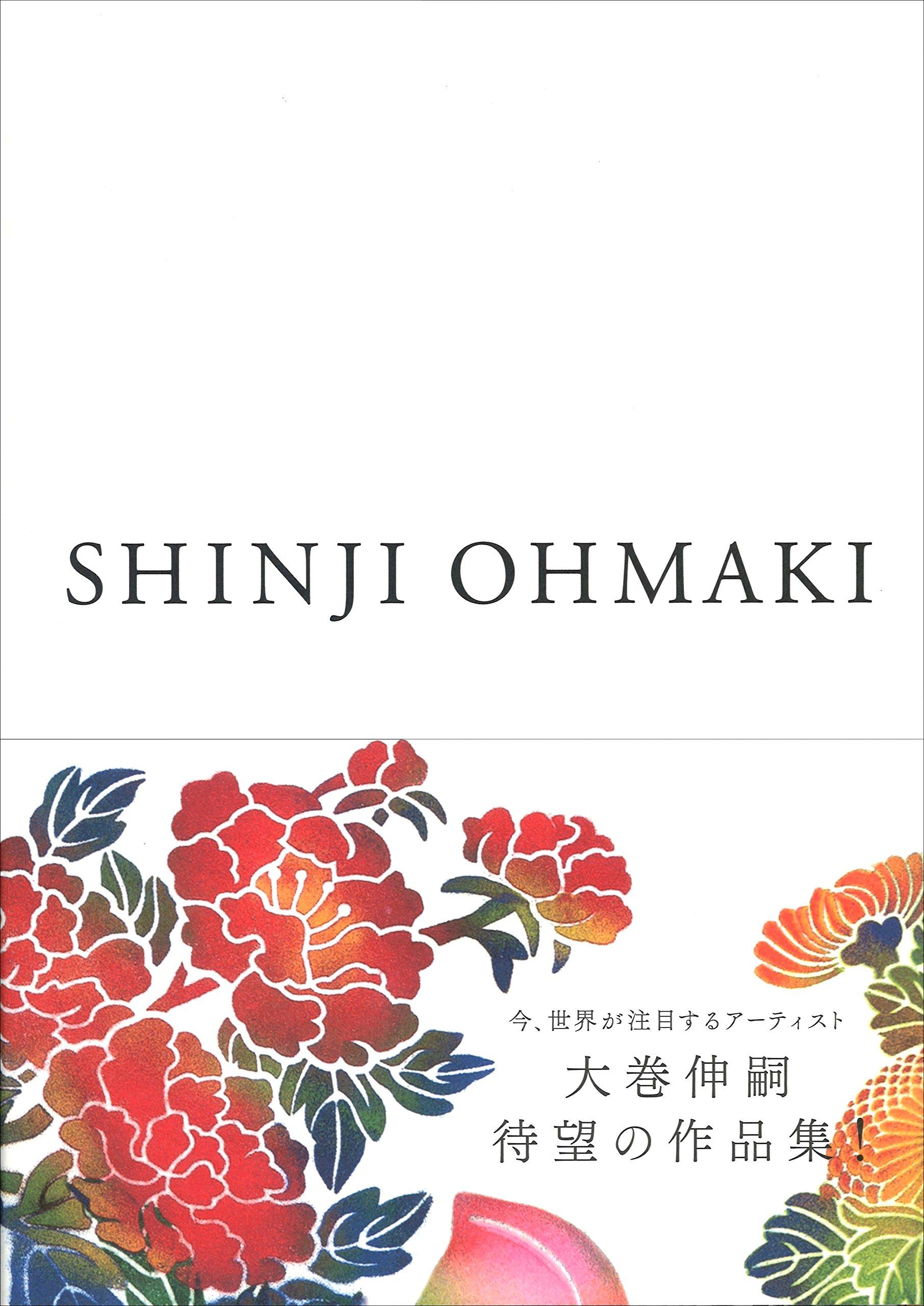Project
![[Contributed Article] Regarding Shinji Ohmaki's Photogram Works](/project/img/70560c463c66b6fae95ae36926114b80f0eac254.jpg)
Installation view of the solo exhibition "Interface of Being" at the National Art Center, Tokyo [ASK ]
[Contributed Article] Regarding Shinji Ohmaki's Photogram Works
Gallery
We have received a text from photographer and photo critic Chihiro Minato, regarding Shinji Ohmaki's photogram work "moment," which was presented at the solo exhibitions at the National Art Center, Tokyo and the Art Front Gallery at the end of 2023.
The large-scale sculpture "Gravity and Grace," which served as the inspiration for Ohmaki's photogram works, was first presented at the "Aichi Triennale 2016," where Minato served as artistic director. It became one of Ohmaki's representative series over the following years. After several years, the large vase installation, which has been presented in various locations both domestically and internationally, continues to emit its light and shadow, now taking on a new dimension through the form of photograms. This time, Minato speaks about these photograms.
"Shadows of Time"
by Chihiro Minato
In Shuri Castle, the symbol of Okinawa, there is a gate called "Rokoku Mon." Once, atop the stone gate tower, there was a water clock, and drums were beaten throughout the royal castle to announce the time. The word "Rokoku," which means "measuring the leaking of water", has left a lasting impression on me. While observing Shinji Ohmaki's new work "moment," I suddenly recalled this gate. "moment" is a series of photogram works using "Gravity and Grace," previously exhibited at the National Art Center, Tokyo, where various patterns emerge from the gradient of light and shadow fixed on monochrome photosensitive paper. The light filtering through the fretwork of the large vase appears as an image of great beauty and fragility. As I gaze at the shadow of the vase, the scene of the work's initial presentation comes vividly to my mind.
At the Toyohashi venue of the Aichi Triennale 2016, when night descended and I visited there, I witnessed intense light radiating from the all-glass facade toward the city. The flickering patterns seemed to spread into the city, eventually seeping into every corner of the alleyways. It was like an astonishing installation tattooing light onto the city's body. The idea of photograms might have originated from that moment. However, since light from the city also entered the interior through the glass facade, a darkroom couldn't be created.
So the artist must have thought to turn the exhibition space into a darkroom. Art galleries are often called "white cubes," but when the lights are turned off, they become precisely black boxes. The space itself becomes the "camera," where the largest photosensitive paper is placed for exposure. With a light intensity exceeding 800,000 lumens, the exposure is fleeting. Due to the distance from the light source, the contours and angles of the fretwork vary significantly, resulting in a one-time-only image after trial and error.
The exposed photosensitive paper is then developed inside the black box. The image slowly emerges on the paper immersed in the developing solution. Unlike the momentary exposure, this is a slow process that feels rich and complete, yet it's also an anxious time because it's uncertain whether the result will match expectations. While for regular photograms using small-sized photosensitive paper, it's enough to expose them using an enlarger's light, with "Gravity and Grace's" intense light, the outcome is not easily predictable.
Fox Talbot, who invented photography in England, conducted various experiments at his estate, with early attempts being photograms. With his botanical knowledge, Talbot created works by placing various leaves and flowers on photosensitive paper for exposure. Despite being experimental, the image quality rivals that of modern cyanotypes. He named his invention "calotype," derived from the Greek word "kalos," meaning beautiful, and indeed, they are exceptionally beautiful photographs. Among them are those made using lace. Even after more than two centuries since exposure, the lace patterns remain beautifully visible.
However, to position Shinji Ohmaki's new work in the history of photography, it's necessary to compare it with Moholy-Nagy's series of photogram works. As is well known, the technique of exposing photosensitive paper directly without a camera was developed through the experimentation of artists such as Man Ray and Christian Schad in the 1920s, and it was Moholy-Nagy who established the technique as "photogram." Moholy-Nagy, who conducted research and education at the Bauhaus and had a decisive influence on the history of art, differed from other artists in devising devices that transformed space with light, such as the "Light-Space Modulator (Licht-Raum-Modulator)," indicating new horizons like kinetic art and media art.
Although "Gravity and Grace" and "moment," which emerged after about a century, differ significantly in scale and mechanism, they both evoke a historical connection with Moholy-Nagy through the transformation of space by light and the use of photograms as imprints of light. The significant influence that intense light has on photographic paper, where we can barely perceive the phenomenon of "photosensitivity" with the naked eye, underscores a powerful experimental spirit that incorporates the uncertainty of success into the methodology to generate unknown experiences.
The patterns transformed by the tonal range of light in Shinji Ohmaki's "moment" seem to be layered with various times accumulated. Within those layers lie the history of the beginnings of photography and the relentless experimentation that ensued. The large vase leaks out various moments from within, inviting us on a journey to discover the multiplicity of the world, perhaps akin to a time machine. Surely, a time machine traversing the distant darkness must have windows, through which someone watches the passing world. Amidst the patterns of "moment" flickering, there are human shadows. Those shadows are likely travelers heading towards the "gate of time."

《Gravity and Grace》2023 / Installation view of the solo exhibition "Interface of Being" at the National Art Center, Tokyo [ASK ]

〈Gravity and Grace - moment 2023〉Installation view of the solo exhibition "Interface of Being" at the National Art Center, Tokyo [ASK ]

Photogram works in progress at The National Art Center, Tokyo, 2023



Photogram works in progress at The National Art Center, Tokyo, 2023




"moment” Installation view (Art Front Gallery) 2023 [ASK ]
Installation view of the solo exhibition "Interface of Being" at the National Art Center, Tokyo
Artists
Related News






![[Contributed Article] Regarding Shinji Ohmaki's Photogram Works (by Chihiro Minato)](https://artfrontgallery.com/whatsnew/assets_c/2024/05/6e2a25f3cbe454b2d008ca94d72012c9a4b7dcb1-thumb-1214x810-11939.jpg)
